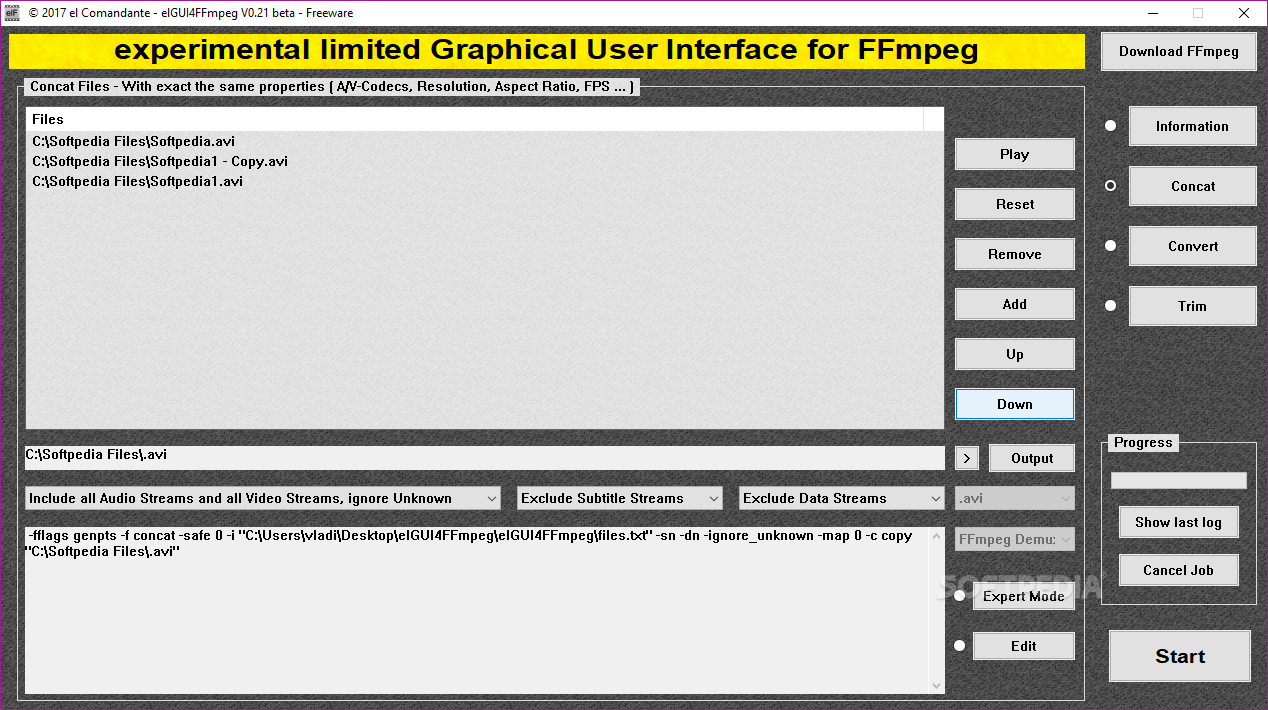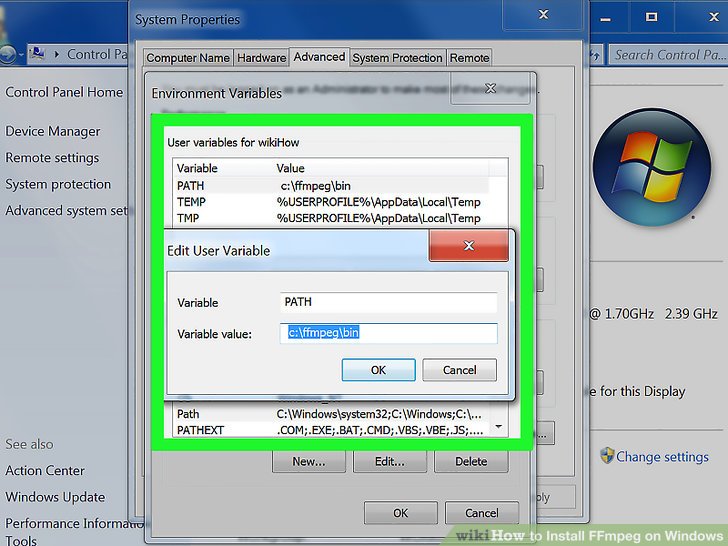
The -s option rescales the pictures to the desired resolution to manage the size of the resulting video. Adding -r as an output option will change the framerate of the output if you need it to be different than your -framerate value. The -framerate 3 option sets the framerate of the resulting video to 3 frames per second so that I can see each still for a short period of time. I use the following one liner to get a slower frame rate and to compress the images and have a smaller resulting video: ffmpeg.exe -f image2 -framerate 25 -pattern_type sequence -start_number 1234 I've used it so far to make versions for Instagram and Tiktok.Building on Mike's answer above, there are some other useful switches that also work on the Windows solution.

The main benefit of this is that this process does not cause a re-encode, which saves an amazing amount of time.

I go over three main common tasks I've needed to do recently with only FFMPEG:Ĭutting out a section of a video into its own file So I've been messing around with FFMPEG alot to see how much video editing I can do without using an actual GUI video editor, so far it turns out that the answer is quite a bit.


 0 kommentar(er)
0 kommentar(er)
